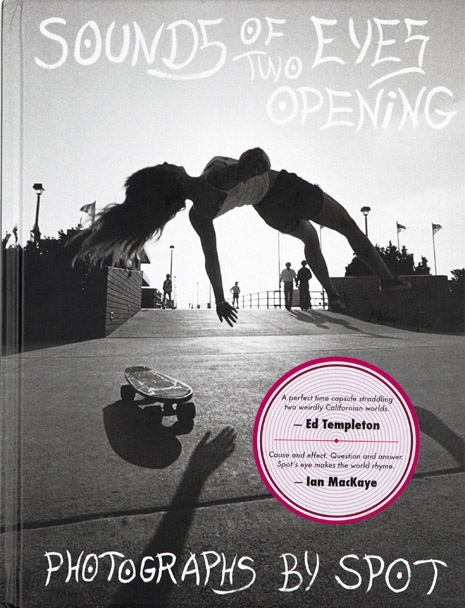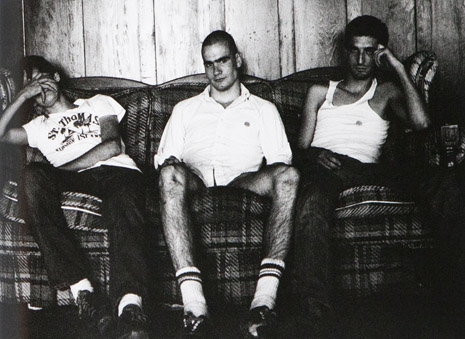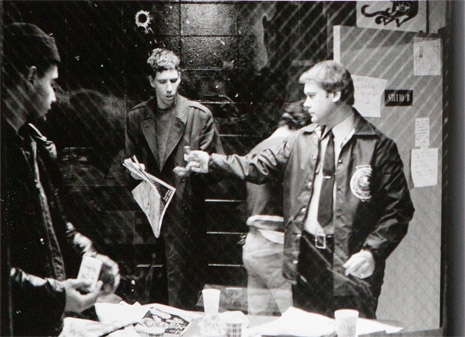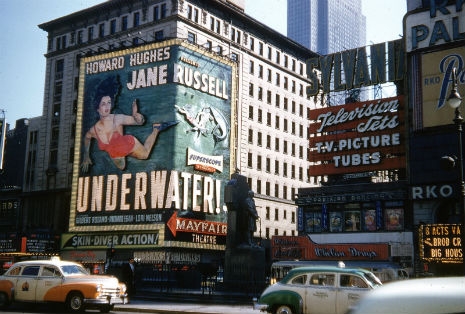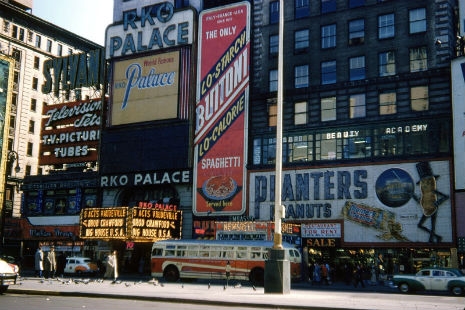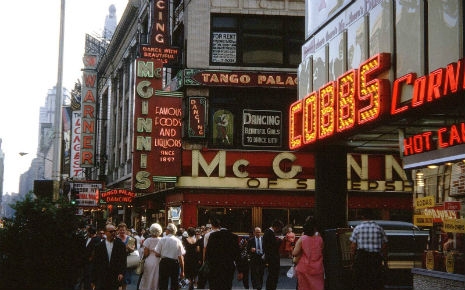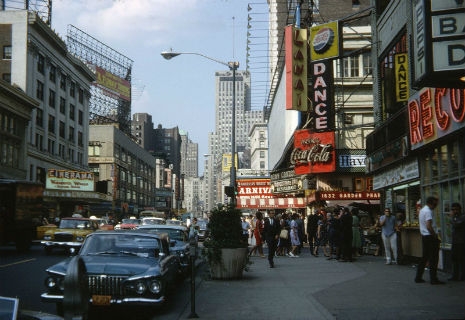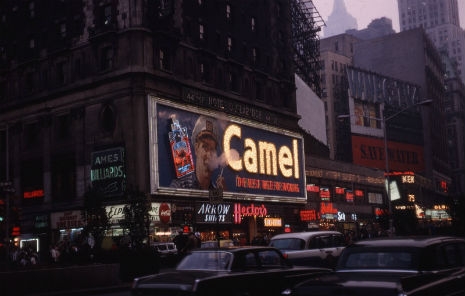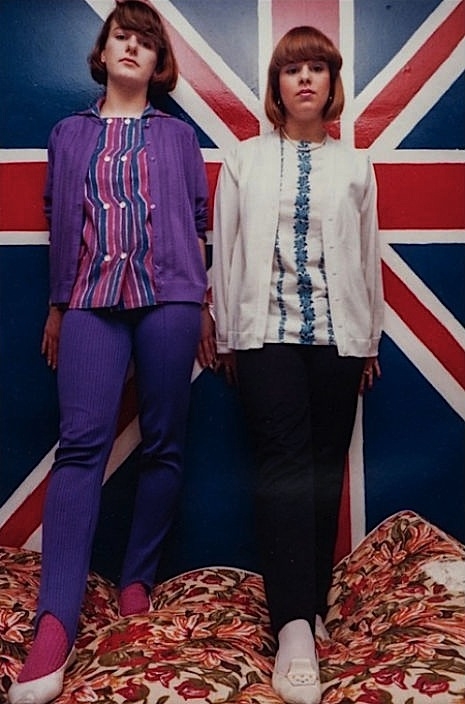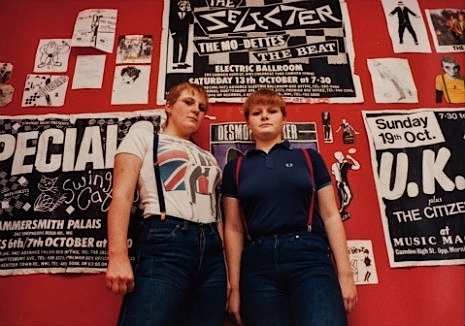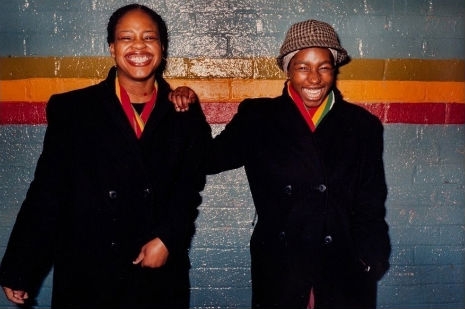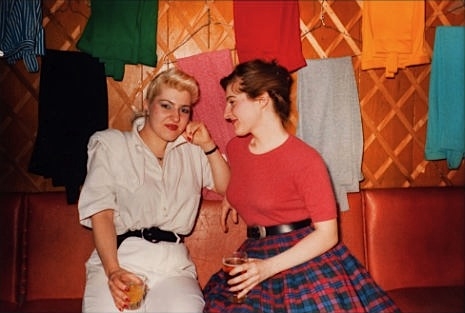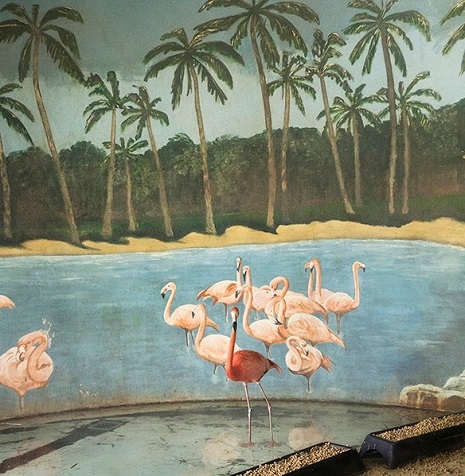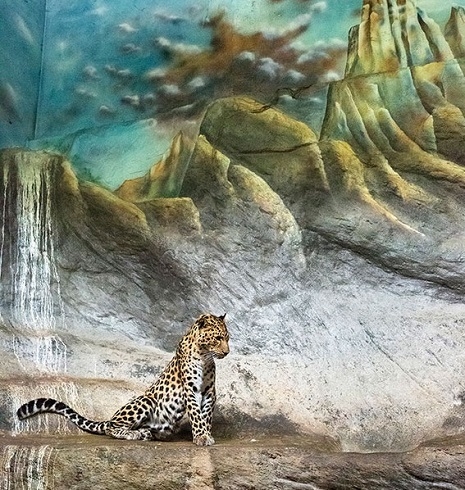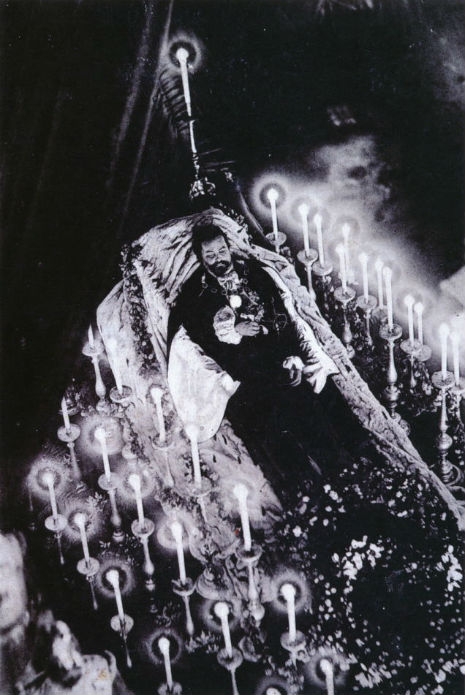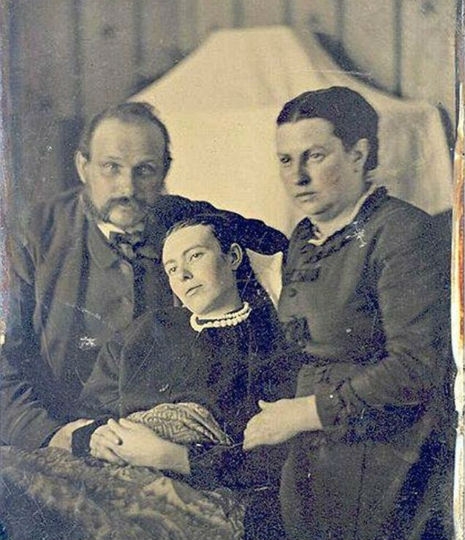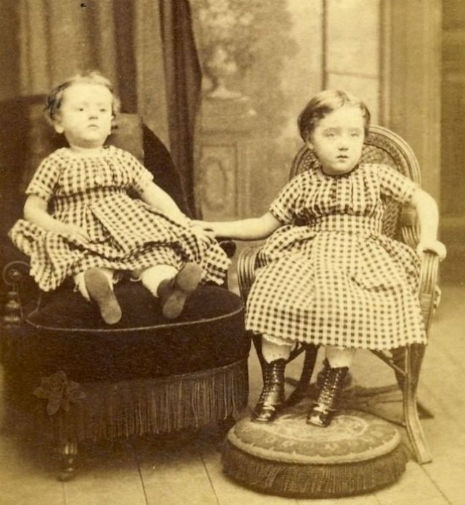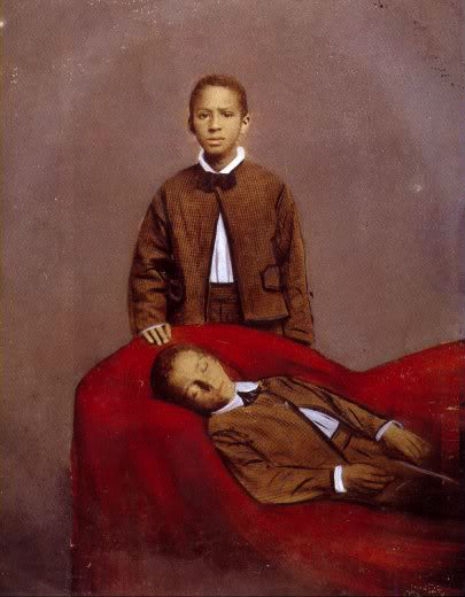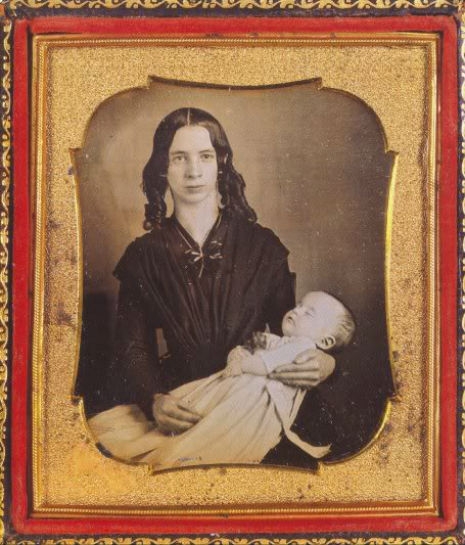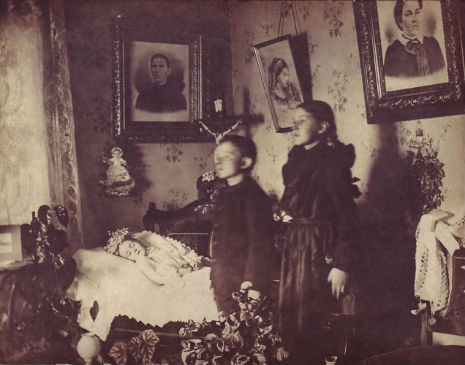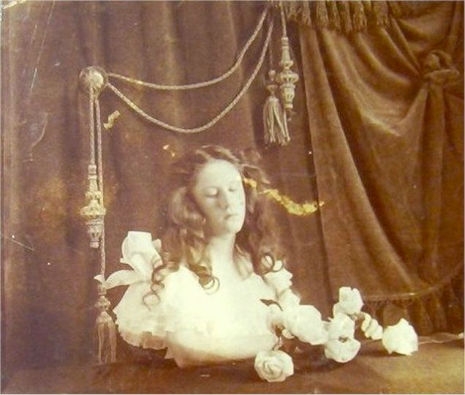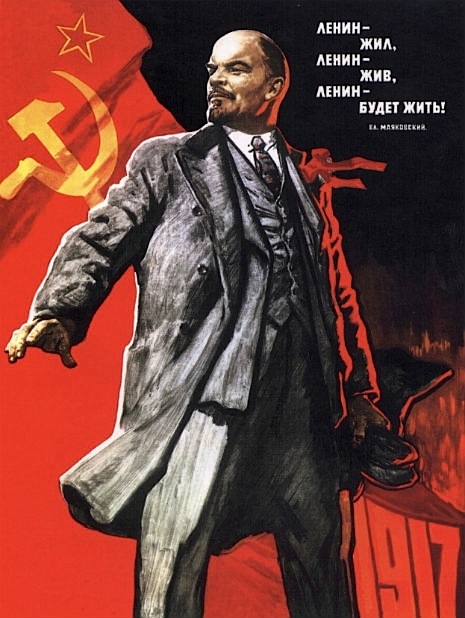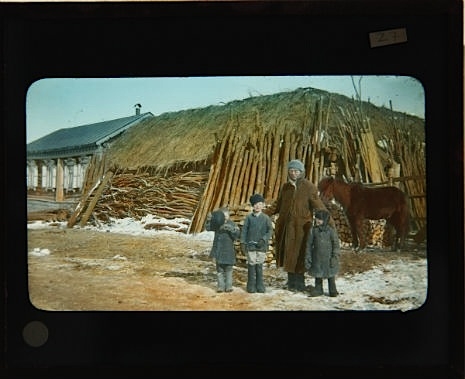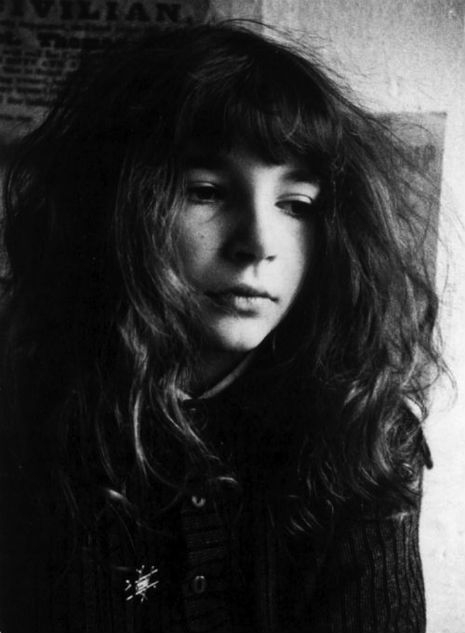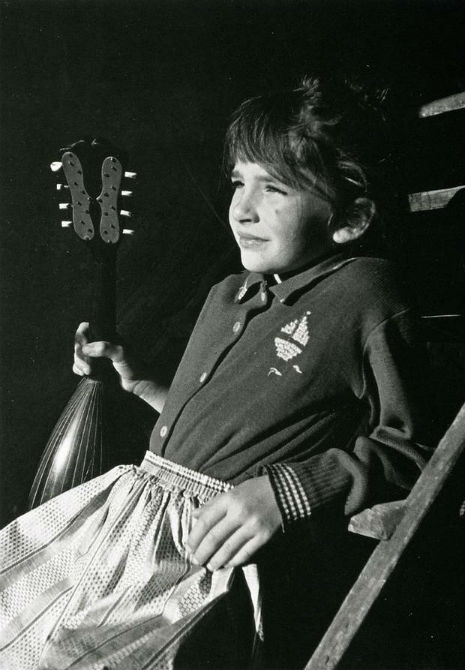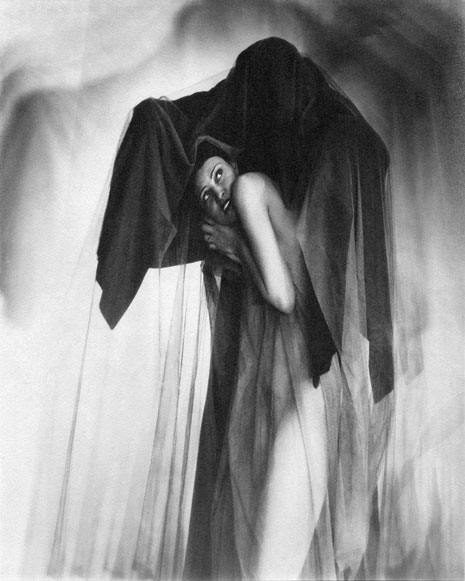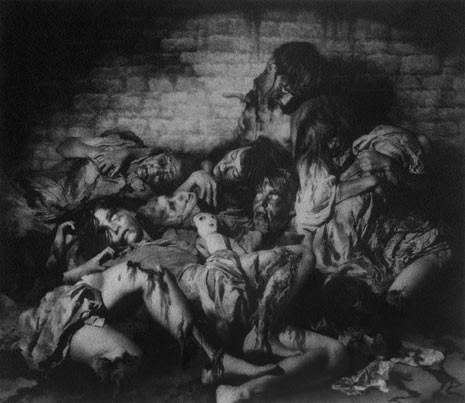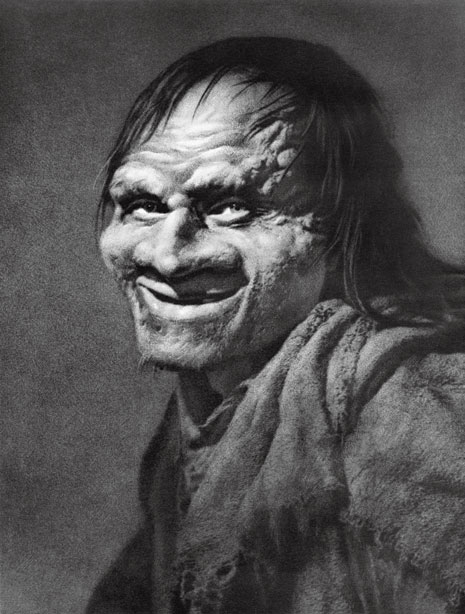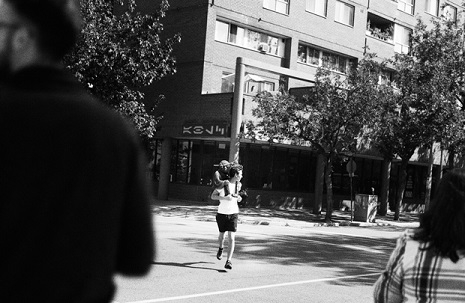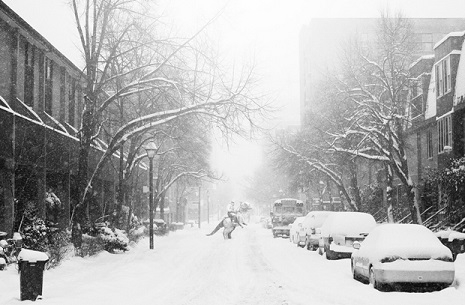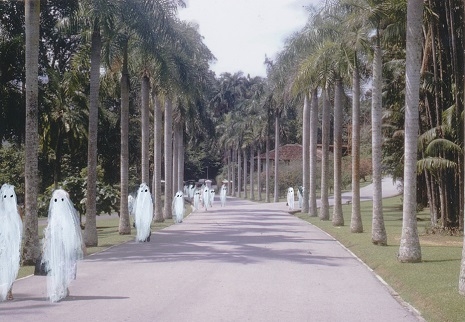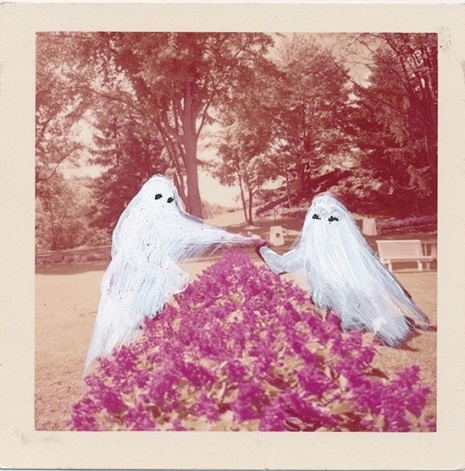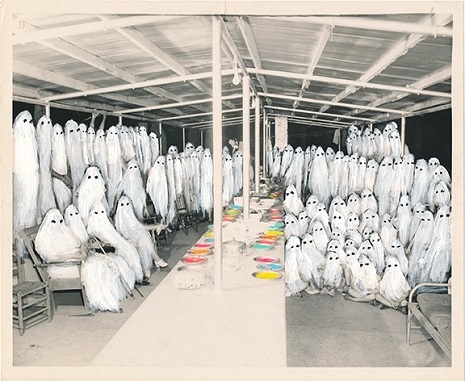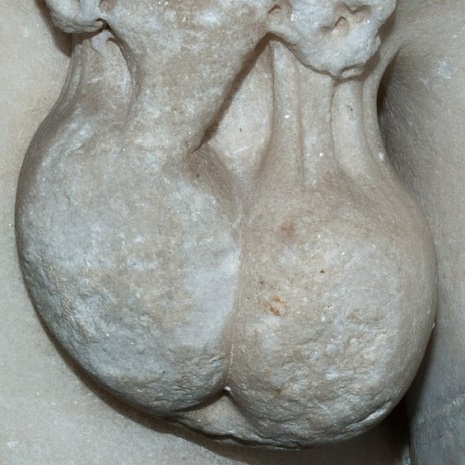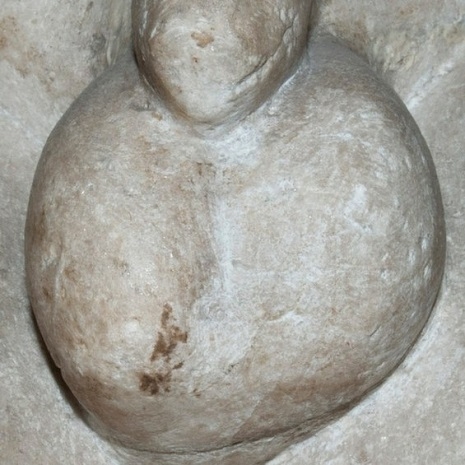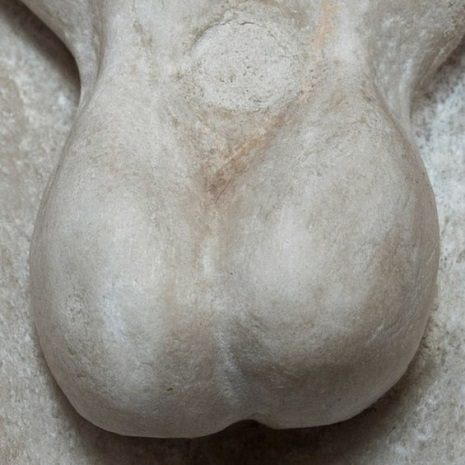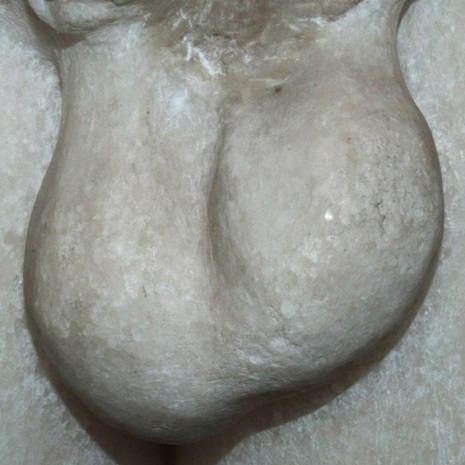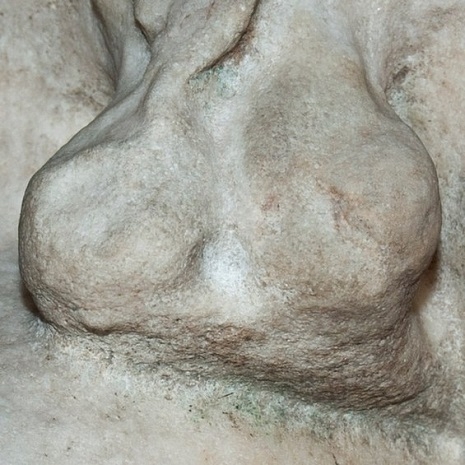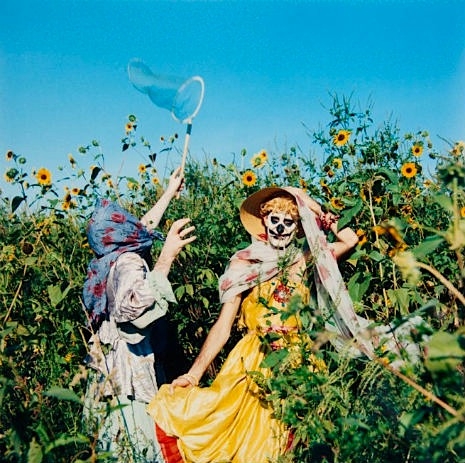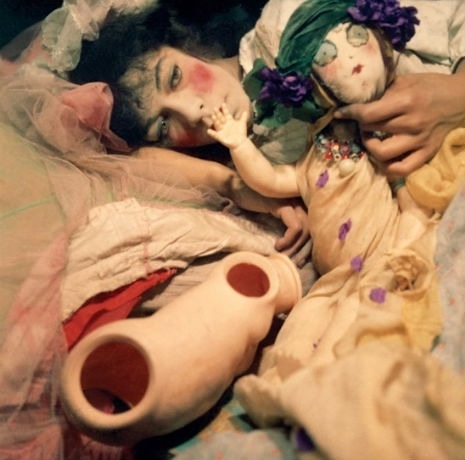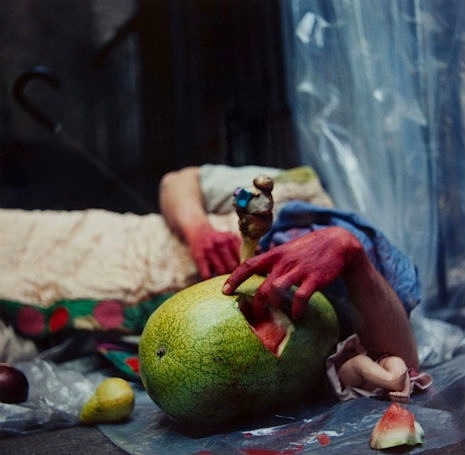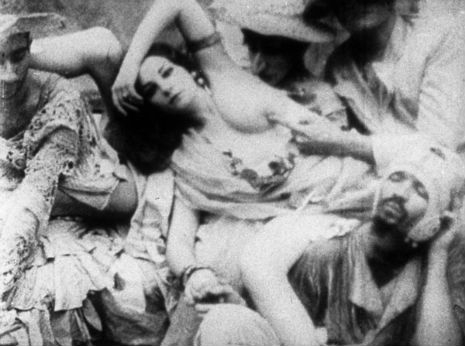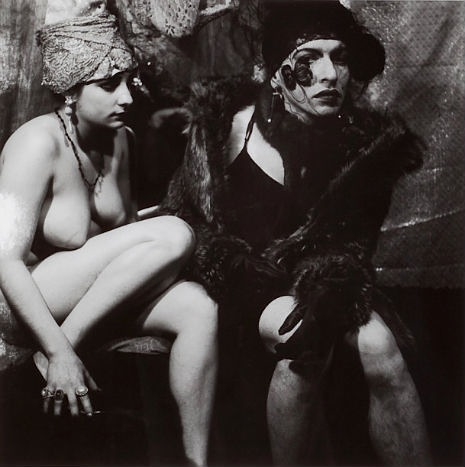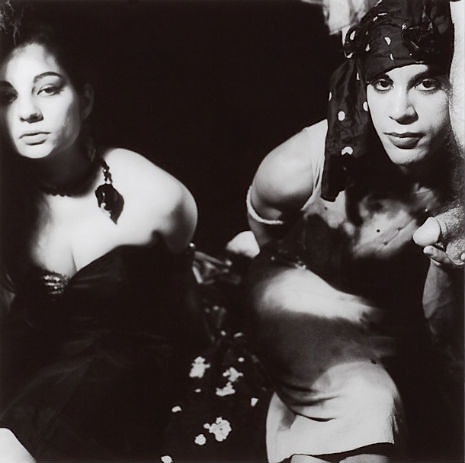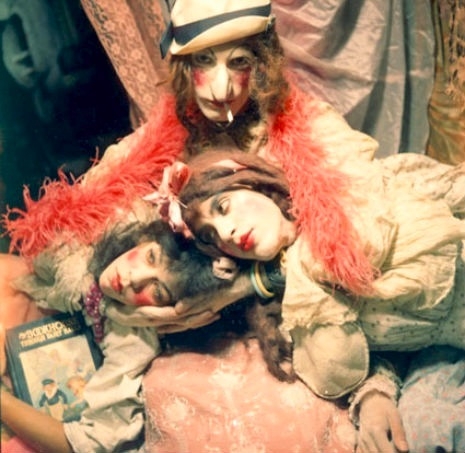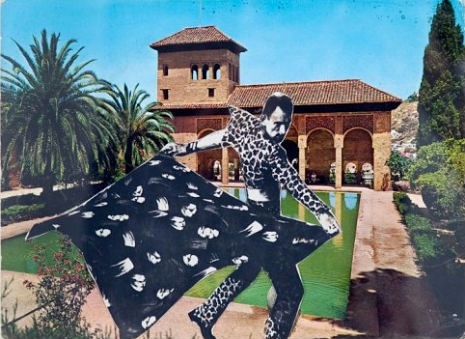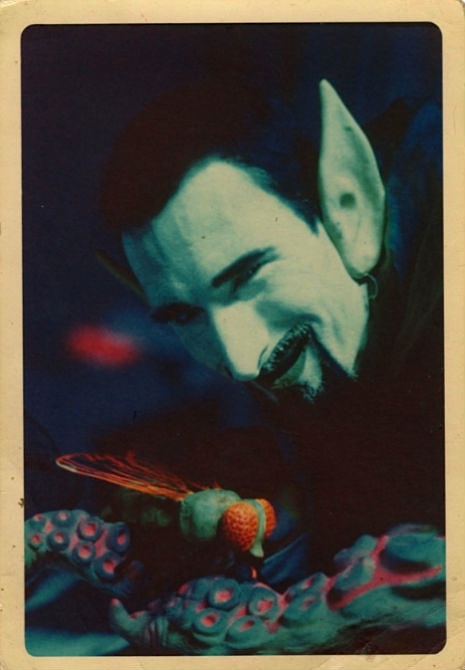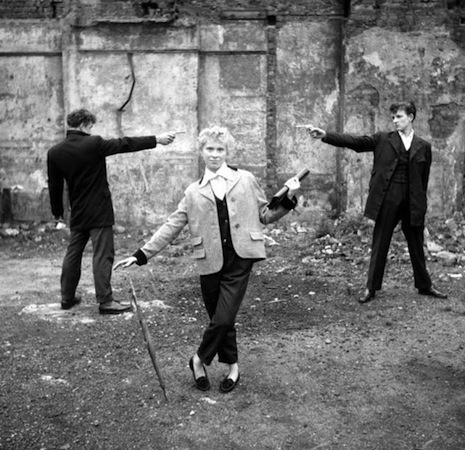
Though Ken Russell wanted to be a ballet dancer, his father wouldn’t hear of it—no son of his would ever be seen in tights—so the young Russell turned his attention to photography, a craft he thought he could make his name with. He attended Walthamstow Technical College in London, where he was taught all about lighting and composition. Russell would later claim that everything he did as a trainee photographer broke the rules—a trend he continued throughout his career as a film director when producing such acclaimed movies as Women in Love, The Music Lovers, The Devils, Tommy, Altered States and Crimes of Passion.
Russell became a photographer for Picture Post and the Illustrated Magazine, and during his time with these publications took some of the most evocative photos of post-war London during the 1950s. He spent his days photographing street scenes and his nights printing his pictures on the kitchen table of his rented one-bed apartment in Notting Hill.
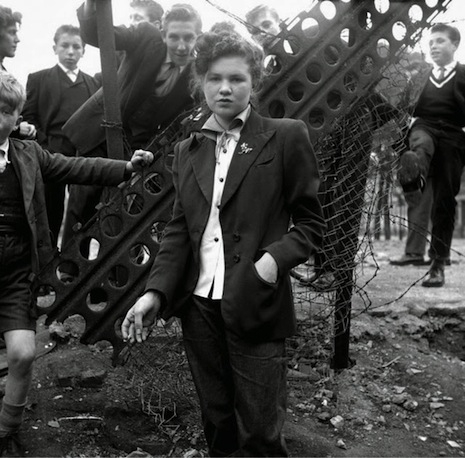

For fifty years, it was believed Russell’s photos had been lost, but in 2005 a box marked “Ken Russell” was discovered in the archives of a photo library. Inside was over 3,000 of Ken’s negatives.
Among his most famous work from this period is “The Last of the Teddy Girls”—a series of photos documenting London’s girl gang subculture and their male counterparts. Russell was attracted to these young women for their sense of independence and style—dressing in suits, land army clothes—while rejecting society’s expectations of more traditional, feminine roles. (Teddy kids of either sex were known for fights breaking out wherever they congregated.) The images show Russell’s innate talent for composition and offer a fascinating look into a rarely documented female subculture.

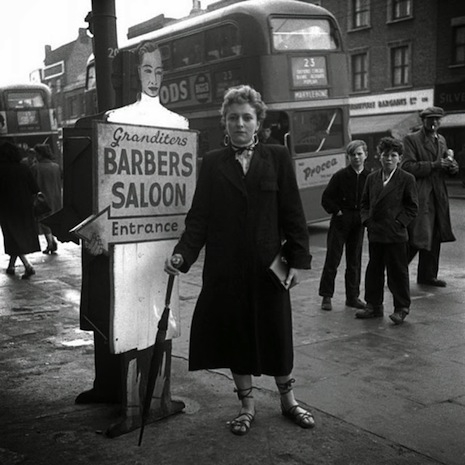
More of Unkle Ken’s beautiful photos, after the jump…








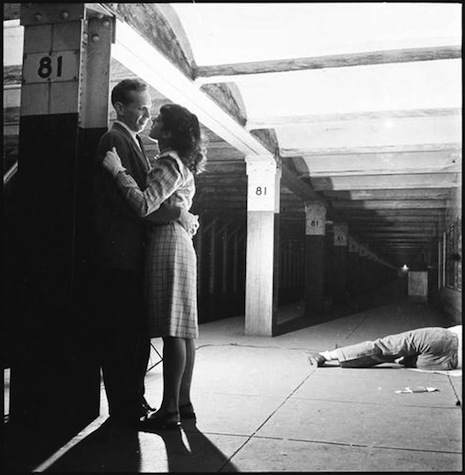





_465_673_int.jpg)
_465_706_int.jpg)
_465_314_int.jpg)
_465_699_int.jpg)
_465_303_int.jpg)

